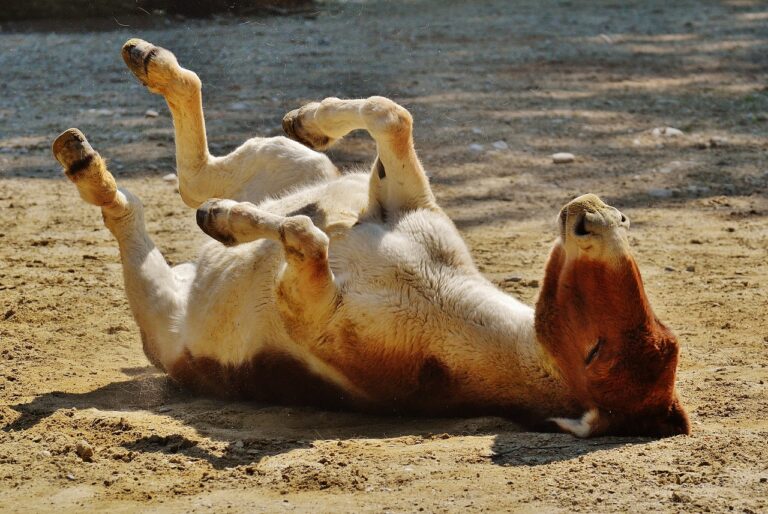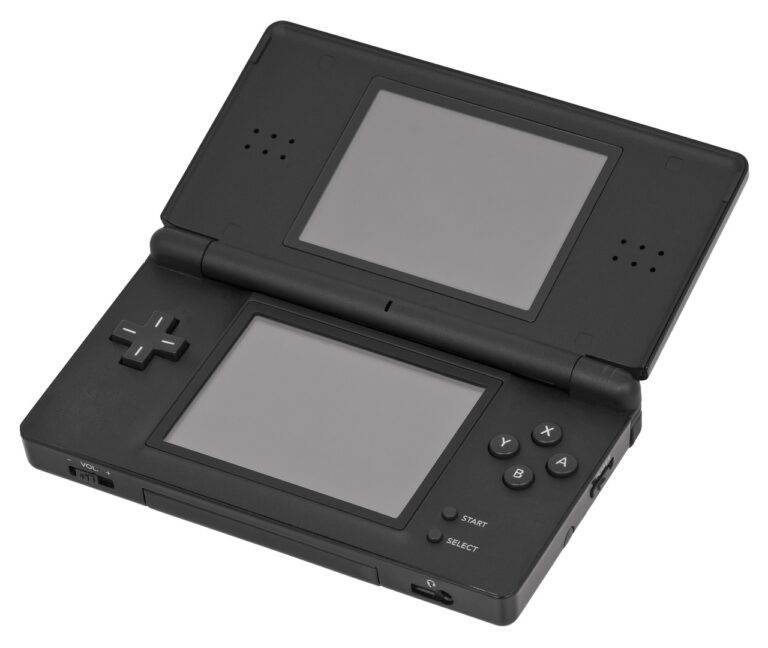The Future of Motion Capture Technology in Film and Video Games
One of the main challenges in motion capture technology is the high cost associated with the equipment and software required for capturing realistic movements. This can make it inaccessible for smaller production companies or independent filmmakers with limited budgets. Additionally, the complexity of setting up and calibrating the motion capture system can be time-consuming and require skilled technicians, further adding to the overall cost and logistical challenges.
Another obstacle faced in motion capture technology is the need for actors to wear specialized suits embedded with sensors. These suits can be restrictive and uncomfortable, hindering the natural movements and expressions of the performers. Furthermore, the motion capture process itself can be physically demanding and tiring for actors, affecting their performance and potentially leading to longer production times. Finding a balance between achieving accurate motion capture results and ensuring the comfort and well-being of the actors remains a significant challenge in the industry.
Advancements in Motion Capture Technology
Motion capture technology has seen significant advancements in recent years, with improvements in sensor technology allowing for more precise tracking of movements. These sensors have become more lightweight and compact, enabling actors to move more freely during the capturing process. Additionally, the introduction of real-time tracking has revolutionized the way motion capture is done, providing instant feedback to both actors and directors.
Another key advancement in motion capture technology is the development of markerless systems. These systems rely on computer vision algorithms to track movement without the need for physical markers on the actor’s body. This not only streamlines the capturing process but also reduces the time needed for post-processing. Markerless systems have proven to be particularly beneficial in capturing facial expressions and subtle movements that were previously challenging to track accurately.
Impact of Motion Capture on Film Industry
Motion capture technology has revolutionized the film industry by allowing filmmakers to create visually stunning and realistic animated characters. Through the use of motion capture suits and specialized cameras, actors can bring life to digital creations in ways that were previously unimaginable. This technology has opened up a whole new world of possibilities for filmmakers, enabling them to push the boundaries of storytelling and visual effects.
Furthermore, motion capture has also provided actors with exciting opportunities to showcase their talents in a new and innovative way. By embodying characters through motion capture, performers can immerse themselves in roles that require physicality beyond the limitations of traditional acting. This has led to a new appreciation for the skill and dedication required to bring these performances to the screen, enhancing the overall quality and authenticity of films that incorporate motion capture technology.
• Motion capture technology has revolutionized the film industry
• Filmmakers can create visually stunning and realistic animated characters
• Actors can bring life to digital creations in ways that were previously unimaginable
Furthermore, motion capture has also provided actors with exciting opportunities to showcase their talents in a new and innovative way. By embodying characters through motion capture, performers can immerse themselves in roles that require physicality beyond the limitations of traditional acting. This has led to a new appreciation for the skill and dedication required to bring these performances to the screen, enhancing the overall quality and authenticity of films that incorporate motion capture technology.
What are some challenges faced in motion capture technology?
Some challenges in motion capture technology include technical limitations, such as capturing intricate facial expressions and movements, as well as costs associated with the equipment and software.
How has motion capture technology advanced in recent years?
Advancements in motion capture technology include improved sensors for more accurate data capture, real-time processing capabilities, and the ability to capture finer details such as facial expressions and subtle movements.
What impact has motion capture had on the film industry?
Motion capture has revolutionized the film industry by allowing for more realistic and visually stunning special effects, creating lifelike digital characters, and enhancing the overall storytelling experience for audiences.







